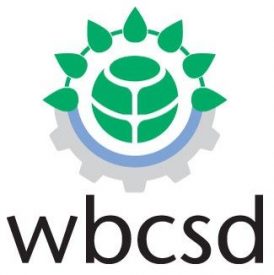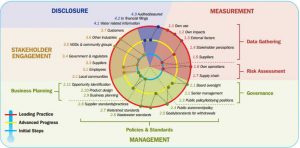Primary Functions
- Use this resource to learn about reducing water consumption in cement production by utilizing dry kiln processes.
Detailed Description
Cement is a hydraulic powder material, which reacts with water to produce strength-bearing lattices. The mixture of aggregates, cement, and water is concrete. The strength and durability of concrete make it one of the most useful materials developed by man. The chemistry and mineralogy of cement are complex. In simple terms, cement is a manmade mineral structure created at high temperatures, mainly comprising lime (CaO), Silica (SiO2) and oxides of aluminum and iron (Al2O3and Fe2O3). The cement making process can be divided; first “clinker” is made at temperatures of 1400 oC. Then the clinker is milled with other minerals to produce the powder we know as cement.
Cement production requires water for cooling heavy equipment and exhaust gases, in emission control systems such as wet scrubbers, as well as for preparing slurry in wet process kilns. There are two basic types of cement production processes and a number of different kiln types. Cement production is either “wet” or “dry”, depending on the water content of the material feedstock. A good practice in the cement industry is to utilize dry kiln processes whenever possible.






Reviews
There are no reviews yet.